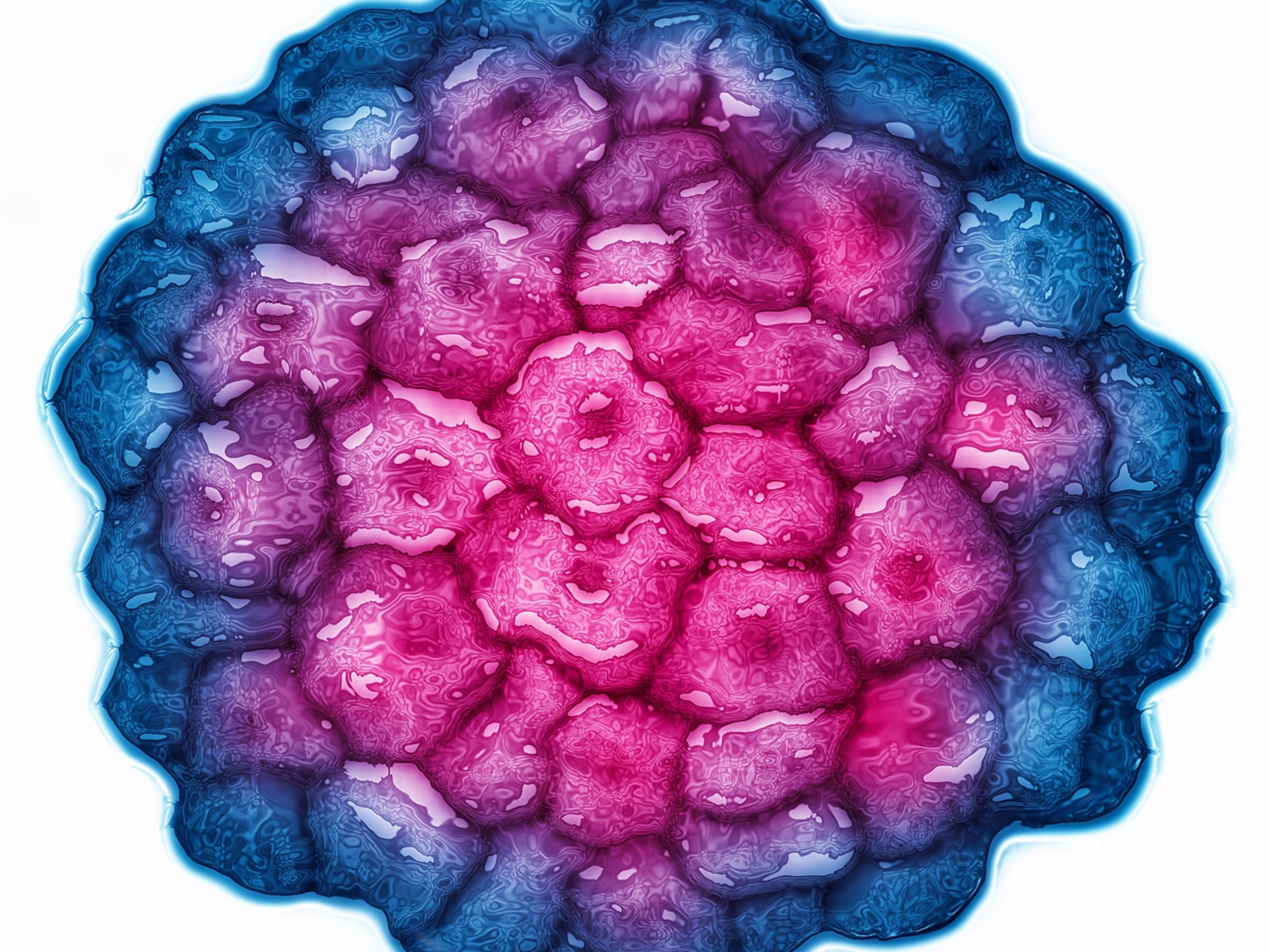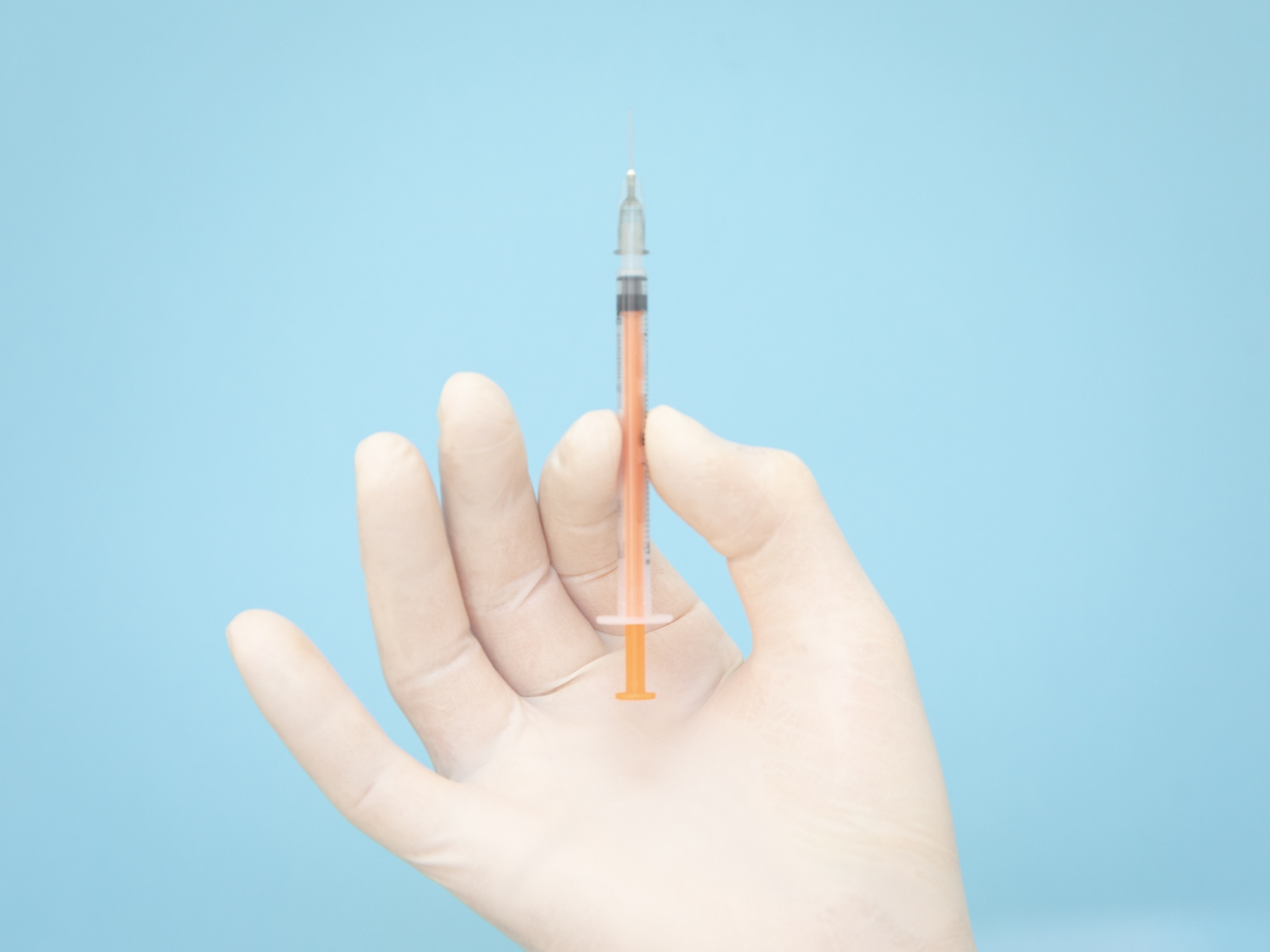
Why vaccine side effects really happen, and when you should worry
Chills, headache, and fatigue after a shot are perfectly normal. But reactions can vary wildly, and they don’t reflect how your immune system would respond to a COVID-19 infection.
Side effects can be a powerful deterrent stopping people from getting vaccinated. To address this issue, in 1991, a group of scientists in Minnesota—at the Department of Veterans Affairs and the Mayo Clinic—devised an experiment to see just how frequent these unpleasant reactions were.
The study involved more than 300 veterans over the age of 65 who were given either a flu shot followed two weeks later by a placebo injection of salt water, or a placebo shot followed two weeks later by the real vaccine.
When the researchers unblinded the study to see who received the vaccine versus the placebo, the side effects were split equally between the two groups, says Robert Jacobson, medical director for the population health science program at the Mayo Clinic. “About five percent said they got sicker than they ever had been in their entire life,” says Jacobson. Half of these people had received the placebo and yet they complained of the worst headaches, or worst fever, of their lives. The take-home message here, says Jacobson: “It’s easy to confuse an allergic reaction with nervousness or emotions or even stomach upsets from anxiety.”
Recent studies show some side effects, even ones from the COVID-19 vaccines, aren’t due to the shots at all, but to our own fears. “We’ve seen this in the military, when young recruits, who think they can tolerate anything, faint when they get the injections, because their body overreacts,” says Jacobson.
It’s a lesson that may be useful to medical professionals, who can reassure patients that most side effects are normal and predictable—and may not even be caused by the shot. Case in point, in studies of the Pfizer/BioNTech vaccine, 23 percent of people aged 16 to 55 who received the placebo complained of fatigue after their second jab, and 24 percent noted headaches.
Studies do suggest that up to seven out of ten people getting their second shot have some type of reaction. Some feel a soreness at the injection site on their arm. They may experience itching or hives, or a range of flu-like symptoms, such as chills and fever, headaches, or debilitating fatigue, that can leave them bedridden for a day or two. Still, it’s important to put these side effects in perspective, says Jacobson, “because these are mild, temporary, and transient reactions that disappear within a few days.”
What causes the immune reactions?
In the case of the authorized COVID-19 vaccines—Pfizer, Moderna, and Johnson & Johnson—all contain a genetic blueprint for manufacturing spike proteins, which sit on the surface of the coronavirus and enable it to infect human cells. When human cells receive these instructions, they churn out copies of spike protein. But since the cells make only a piece of the virus, and not the whole pathogen itself, we don’t get sick. But while the foreign spike can’t cause disease, it can activate a two-step immune response—exactly as it is supposed to do.
The immediate physical reaction to the COVID-19 vaccine is caused by the innate immune system. When a person receives a shot, a flurry of white blood cells called macrophages and neutrophils arrive at the injection site and begin producing chemicals called cytokines. This response triggers a wide range of symptoms, from inflammation and swelling at the injection site to fever, fatigue, and chills.
As a result, side effects are a natural reaction to vaccination. This response—called “reactogenicity”—means the vaccines instigate a strong, initial immune response and trigger a wide range of symptoms. Out of about 3,600,000 vaccinated people who participated in a survey in February, approximately 70 percent reported pain at the injection site, 33 percent felt fatigued, 29 percent suffered headache, 22 percent had muscle pain, and 11 percent experienced chills and fever after their first shot of a COVID-19 vaccine. The symptoms were even more pronounced after the second dose. Still, the innate immune response is short-lived, lasting only a few days.
Why do reactions to vaccines differ and what do they tell us?
But not everyone experiences side effects after a COVID-19 vaccine. Some feel fine after both doses. Scientists don’t really know why, says Sujan Shresta, an immunologist at the Center for Infectious Disease and Vaccine Research at the La Jolla Institute for Immunology, in California. “But it’s not a surprise that each person mounts the immune response differently.”
Several factors can contribute to this wide variation. Women, for example, typically have stronger immune reactions than men, which may be part of what makes them more prone to suffering from side effects from the shots.
“We all have our own individualized immune system,” says John Wherry, director of the institute for immunology at the University of Pennsylvania, in Philadelphia. “It’s almost like our own immune fingerprint that’s driven by genetics, gender, diet, our environment, and even our life history, which are the things our immune system has been exposed to in the past and has been trained to respond to over the years.”
Even if you don’t have an unpleasant reaction, the vaccines are still doing their job, because the real work of the immune system—and of the vaccines—takes place during the second, or adaptive, phase of the immune response. During this phase, the spike protein generated via the vaccine trains the B-cells to produce antibodies that match the virus, and the T-cells to seek-and-destroy infected cells. But it takes days to weeks to provide this long-lasting protection against the virus.
This is also the reason why people often have more rigorous reactions to the second shot. Three weeks after the first shot, the immune system has already been primed, and the B-cells and T-cells are ready to fight. When the second shot is delivered, both the innate and adaptive systems respond.
Still, we don’t really know if having a serious response to the vaccines is a measure of the strength of the immune system. We also don’t know if it means that someone who doesn’t have a strong innate response will be more vulnerable to COVID or more resistant. “We really don’t have any data in the field on this—whether a person with strong side effects would have a more severe COVID infection and vice versa,” says Wherry.
Women experience more side effects
In a February study that looked at the data from the first 13.7 million COVID-19 vaccine recipients, the Centers for Disease Control and Prevention found that nearly 80 percent of the people reporting reactions were female, even though only 61.2 percent of the injections had been given to women. In a similar vein, the CDC reported that all anaphylactic reactions to the Moderna shot have been in women; 44 of the 47 people who’ve had these reactions to the Pfizer injection were female.
The majority of people who have experienced the severe blood clotting issues with the J & J vaccine, and also the AstraZeneca vaccine in Europe and the United Kingdom, have been women. “There has been speculation about hormones playing a role—which is always the first culprit that’s looked at when you see a major sex difference,” says Penn’s Wherry.
Several other factors may also contribute to this gender imbalance. Women also seem to have a more robust immune system, both in their innate responses and in their adaptive immune reactions. “Females mount a stronger antibody response than males but it’s a double-edged sword because this is why women have more auto immune disease than men,” says Shresta of the La Jolla Institute for Immunology.
Other studies have shown that a woman’s response to half a dose of the influenza vaccine was the same as men’s full dose, so females might not need full doses of the COVID-19 vaccines. “We have this idea that one size fits all, but this may be part of what’s contributing to the higher rate of reactions among women,” says Rosemary Morgan, a scientist specializing in gender research at the Johns Hopkins Bloomberg School of Public Health. “There is also a behavioral component—women are more likely to visit the doctor and to be more proactive about reporting unpleasant symptoms.”
Side effects versus adverse events
“But side effects and adverse events—which often get conflated—are not the same,” says Wherry. “Side effects are pretty common—occurring maybe 50 to 70 percent of the time. But adverse events are rare and unexpected, like the clotting disorders.”
Immediately after injection, about two to five people per million experience anaphylaxis, a severe allergic reaction that causes a dramatic drop in blood pressure and difficulty breathing. But even this is easily treatable with an EpiPen and antihistamines, which is why everyone is asked to stick around for 15 minutes after their COVID-19 shots.
The blood clots associated with the Johnson & Johnson vaccines, that have occurred within six to 13 days of receiving the shot, can be dangerous and even life threatening. But the incidence is quite low; there are only 23 confirmed cases out of 8.4 million doses of the vaccine.
“This is very rare,” says Ofer Levy, director of the precision vaccines program at Boston Children’s Hospital and a professor of pediatrics at Harvard Medical School. “The risk of getting COVID and possibly dying is much higher than getting blood clots from the vaccines.”
Are we noting all the adverse effects?
There is some worry that there may be other adverse effects that have gone largely unreported.
The three COVID-19 vaccines that have been authorized in the United States have been tested on tens of thousands of people in clinical trials, and manufacturers were required to follow up with at least half the vaccine recipients for two months or more after they received both shots. But now that more than 116 million Americans have been fully vaccinated, rare side effects that don’t show up in smaller human clinical trials can emerge—which is why surveillance systems are important.
Here in the U.S., we have a patchwork of systems: the Vaccine Adverse Event Reporting System (VAERS), the Vaccine Safety Datalink, and the CDC’s new phone-based tracking program, v-safe.
All of these have limitations, including that “someone has to suspect these health outcomes are related to vaccination and go to the trouble of filling out the form,” says Katherine Yih, a biologist and epidemiologist at Harvard Medical School, specializing in infectious diseases, immunization, and vaccine safety monitoring. “We have a vigorous surveillance system in place. But we can’t be sure it’s picking up everything.”
What’s more, these incidents only show correlation. In other words, if someone died or had a stroke after getting vaccinated, physicians don’t know if it was triggered by the shot. Only further study can reveal that.
The swift identification of the rare blood clotting disorder related to the J & J vaccine was reassuring. Initially, six cases were reported, prompting the FDA and the CDC to temporarily halt its use. When the CDC’s Advisory Committee on Immunization Practices met in late April to determine the vaccine’s fate, 15 cases had been detected out of seven million people who had the shot. “The discovery of that association with the J & J vaccine—which is very rare—is a real demonstration of how good our safety program is,” says the Mayo Clinic’s Jacobson.” At this point in the pandemic, a risk of less than three per million should not enter into our calculus of how to proceed.”








